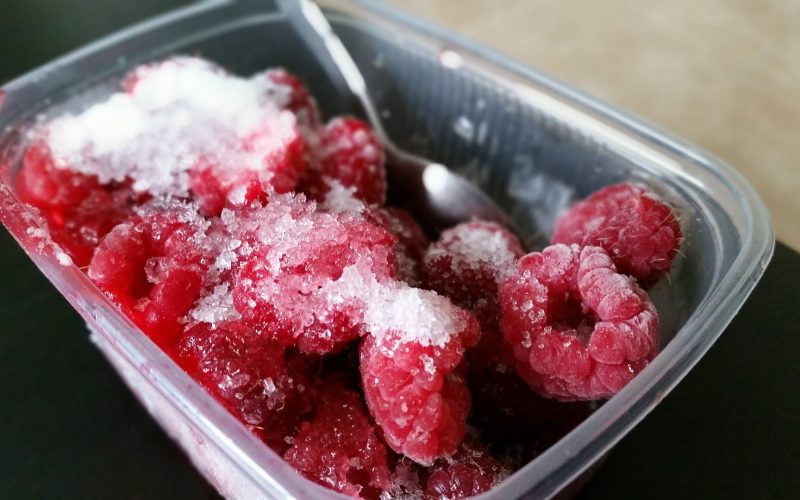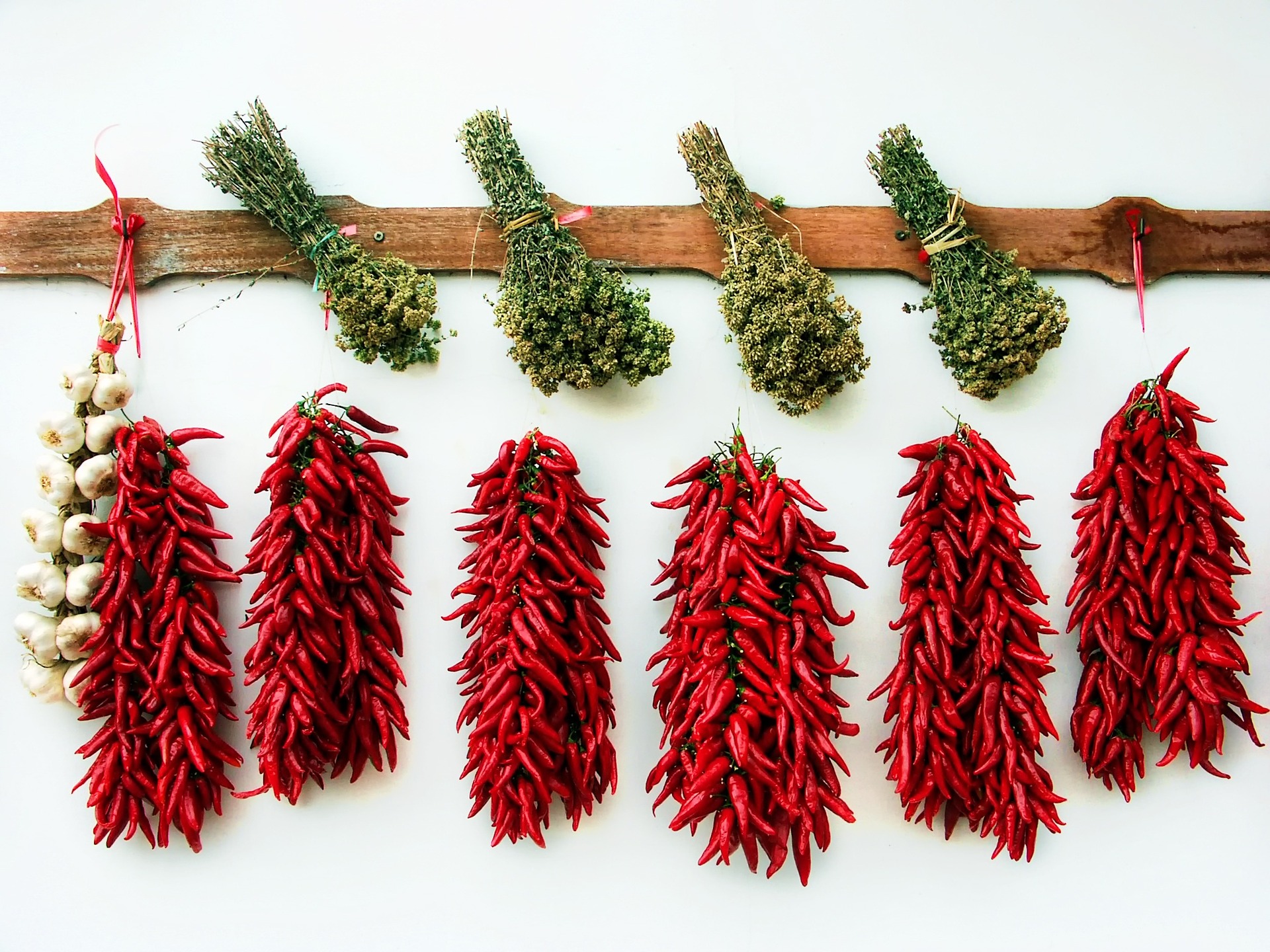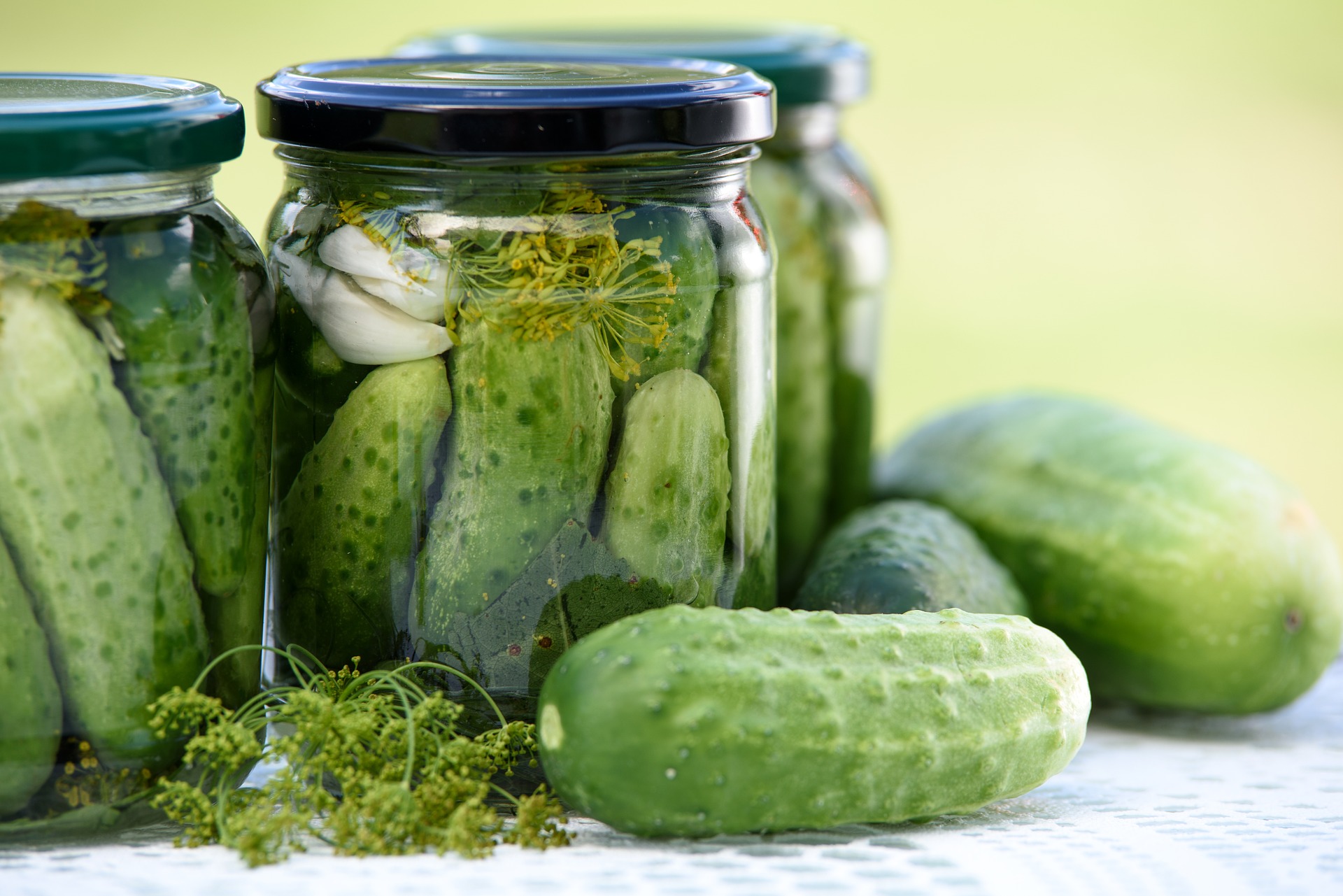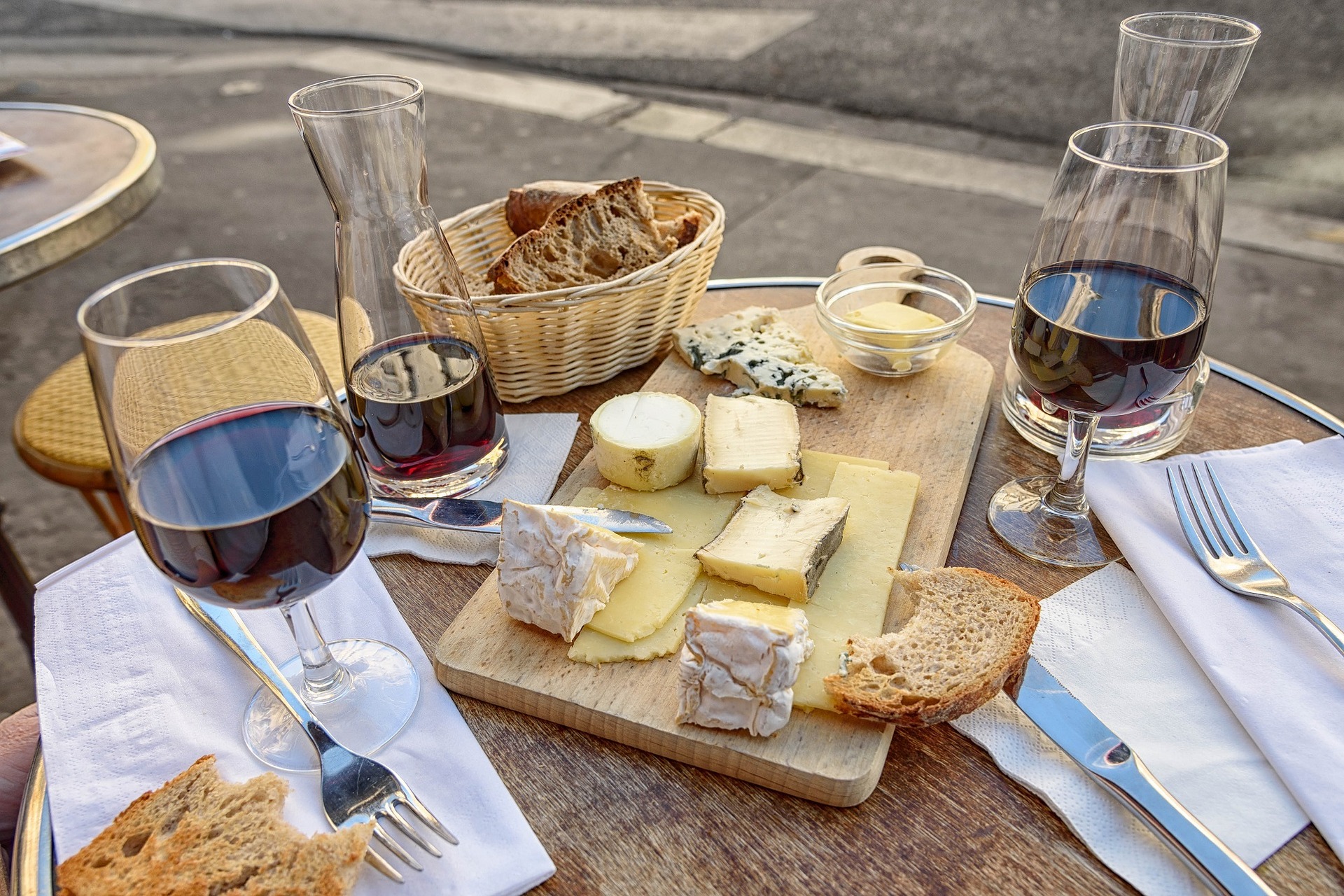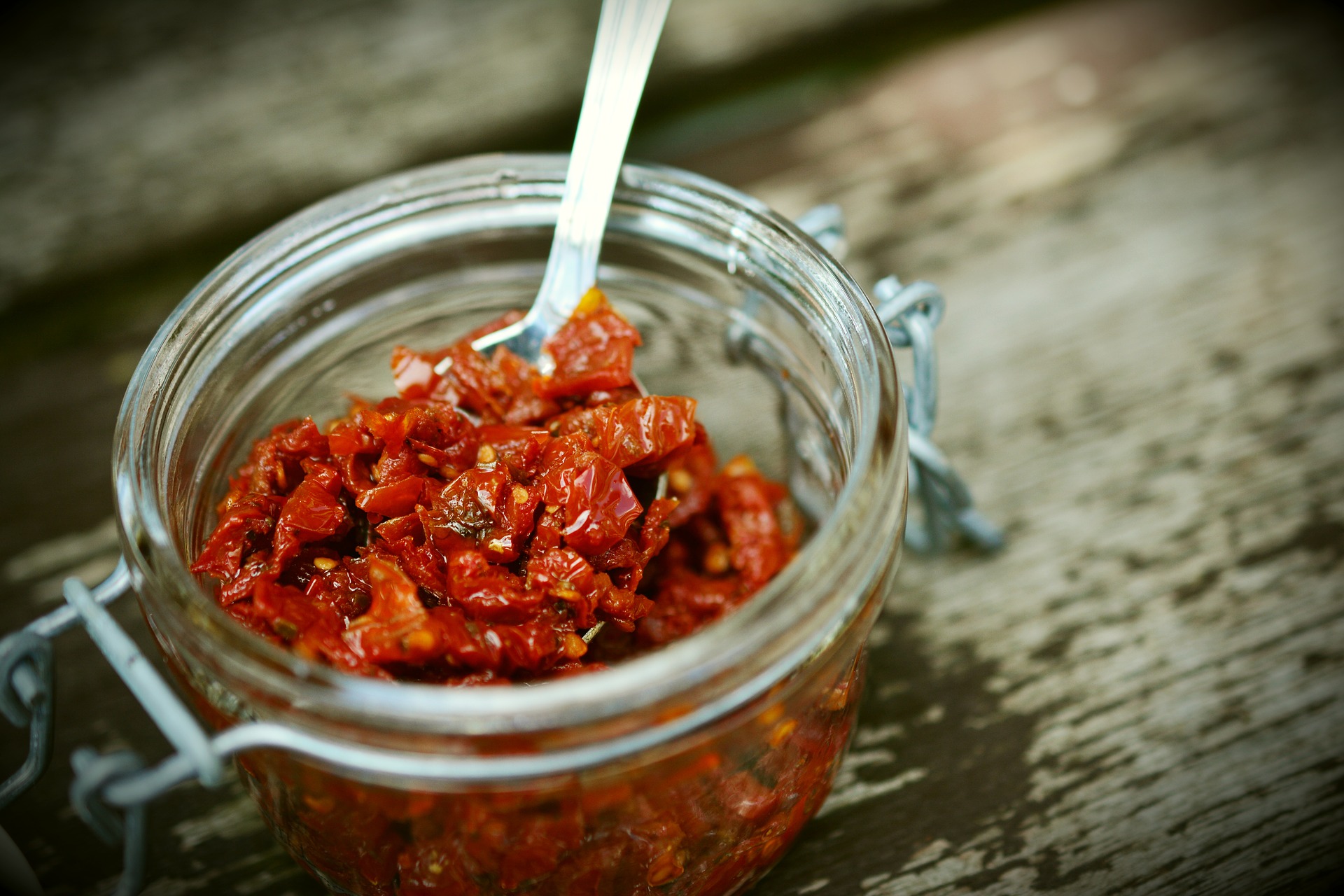Recently I talked about reducing food waste. One option to reduce food waste is to freeze food so it keeps its freshness. This option is particulalry great for fresh produce and I love using it for something like kale. But I also like freezing when I prepare meals in advance.
Today I decided it’s time for some research into freezing food. Is there anything I need to keep in mind when I freeze my food? Here’s the answer so far.
Appliances
There are two types of freezers on the market: refrigerator freezers and deep freezers. Both have their use and purpose and one is not better than the other.
Refrigerator freezers typically operate at a temperature around 0°C and slightly below. Most foods freeze in this temperature. Freezing food at 0°C allows it to stay (somewhat) fresh for about one month. Refrigerator freezers are ideal for short-term storage.
Deep freezers operate at a much lower temperature of around -18°C. Food will stay fresh for up to 12 months in these temperatures. However, a deep freezer should ideally not be placed in a living space to save energy.
I have a refrigerator freezer so the remainder of this post is geared towards that.
Freezing and thawing food
Choosing a container
You can freeze food in a variety of containers. The most useful I find are plastic containers with fitting lids. Also, square containers take up less space than round ones. The only (important) aspect to pay attention to is that the container is suitable for freezing. If not, the plastic might get brittle and crack.
You can also use glass jars, wax-coated cardboard boxes (for some products), or freezer bags. Similar to plastic containers, pay attention to the freezing suitability of any container or bag.
Freezer bags are ideal for solid items but they are not recommended for reuse.
Getting food ready for the freezer means to firstly choose a container. I have a range of plastic containers I can reuse. They come in different shapes and different sizes. Some are specifically for lunch so they can go from the freezer straight into the lunch box.
The important part of choosing the right container is to choose one that locks airtight. Freezer burn can occur when food is not wrapped or stored properly. It basically means that the food will dry out in the freezer. The food won’t be spoiled per se but it will have lost its quality.
Preparing the food
To prepare food to be frozen it should ideally be blanched or cooked.
Blanching fruit or vegetable before freezing means to help the food to retain their colour and texture. Without it, enzymes can contribute to the food losing colour, flavour, texture and even nutrients.
Blanching fruit and vegetable is simple: place the food in rapidly boiling water for about one minute. Alternatively, you can also steam blanch by placing the fruit or vegetable over boiling water for about 2 minutes. Once removed from the water (or steam), let it cool.
Cooking a complete meal means to finish the cooking process (except if you cook pasta or rice; see below) and letting it cool down.
Placing it in the freezer
Once the food is ready to be placed in the freezer, ensure all lids a closed and stack the containers (or bags) loosely in your freezer. Don’t overpack your freezer so that air can circulate around your containers freely. Also, avoid placing hot (or warm) food in your freezer. It could contribute to other food thawing AND it uses more energy.
Also, it is good practice to label containers with the content and a date. Food older than three months should be thrown away if stored in a refrigerator freezer.
Thawing
To thaw your frozen food, there are a couple of options. You can either move the container from the freezer to the fridge for slow thawing (it takes at least 24 hours to thaw, depending on your fridge). You can also move frozen food to the kitchen bench if you intend to use it within the next 12 house. If in a hurry, frozen food can be placed in the microwave (on defrost) or on a low heat in a pot.
Freezer friendly foods
Vegetables which have been blanched freeze and thaw well.
Foods that will freeze but intensify their flavour are garlic, onions, chillies, and cloves.
Pasta and rice can be best frozen and thawed if it has been slightly undercooked.
Milk only freezes well if it has been homogenized and pasteurized.
Foods that don’t freeze well
Salad greens, fresh tomatoes, raw cabbage, cucumbers, and radishes will go soggy when frozen and thawed.
Cheese – it will most likely change its texture.
Eggs – don’t freeze them, neither raw nor boiled.
Many sauces and gravies have the tendency to separate when thawing. To ensure successful freezing (and thawing), make sure that one cup of liquid contains no more than 2 tablespoons of fat.
These are my findings with regards to freezing. Of course, a lot more can be said and these 19 Awesome Tips and Tricks to Freeze Vegetables and More might be a good start.
